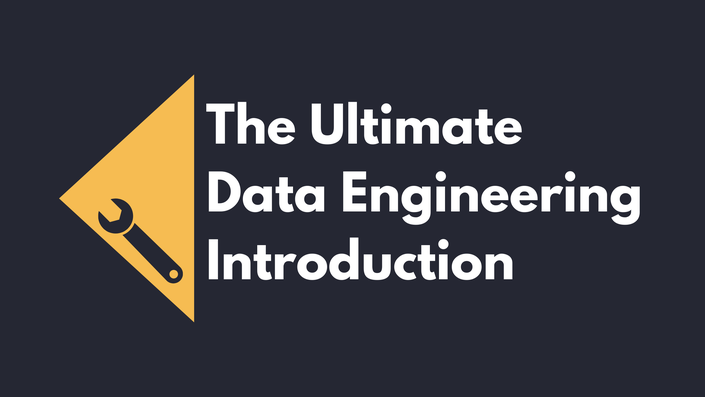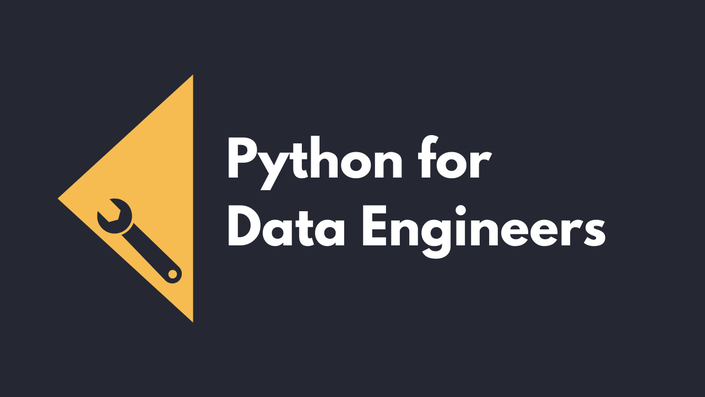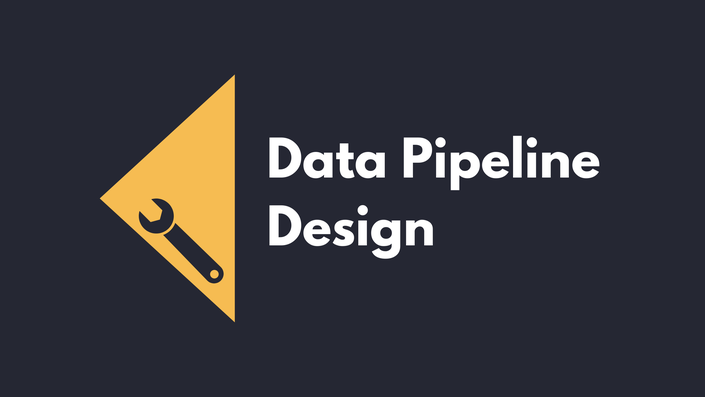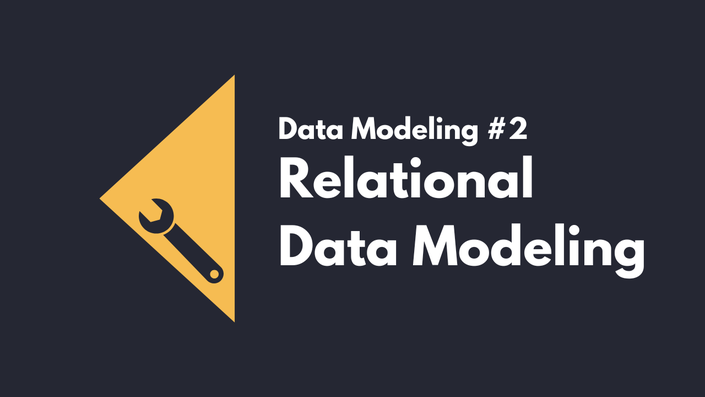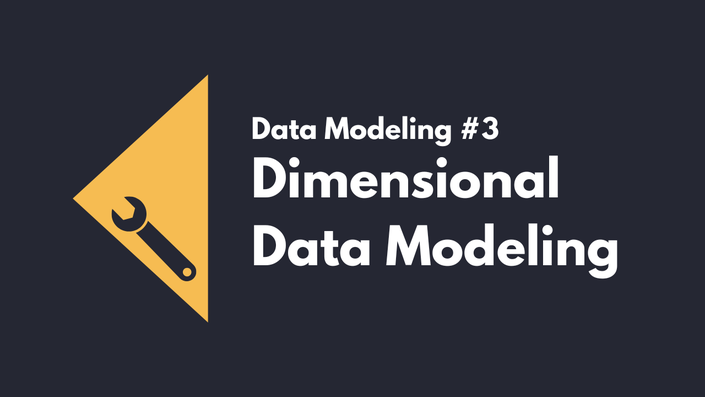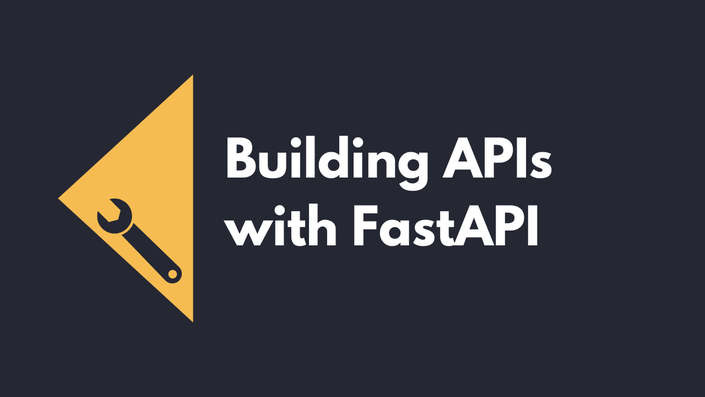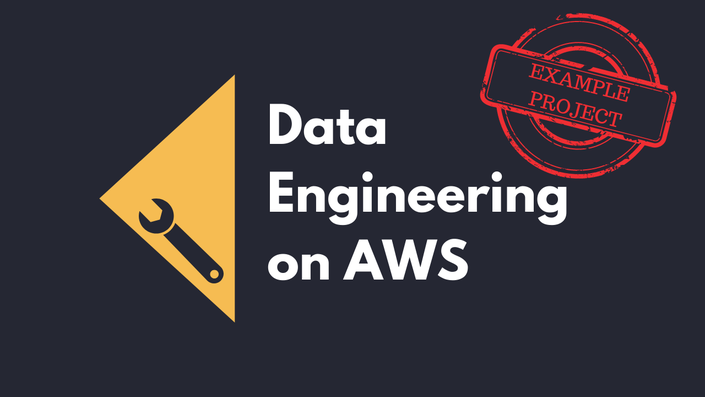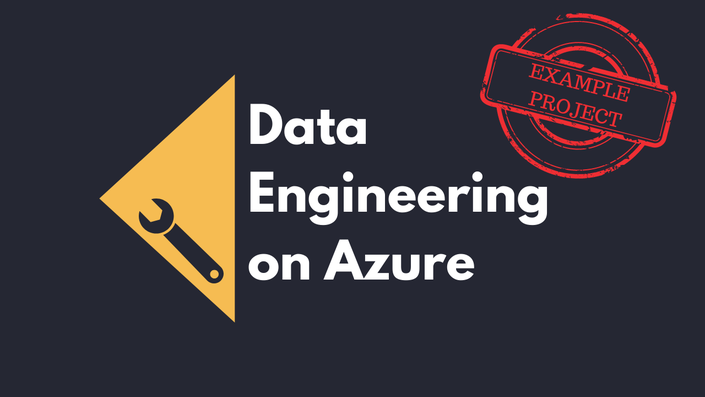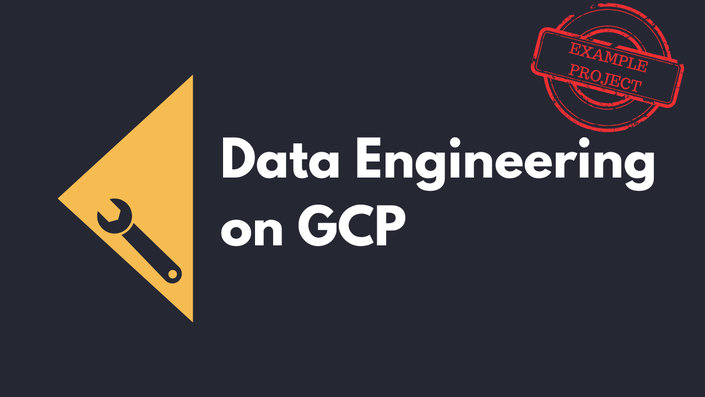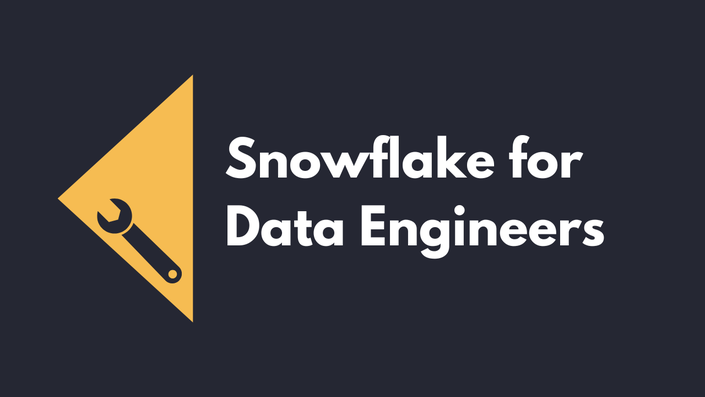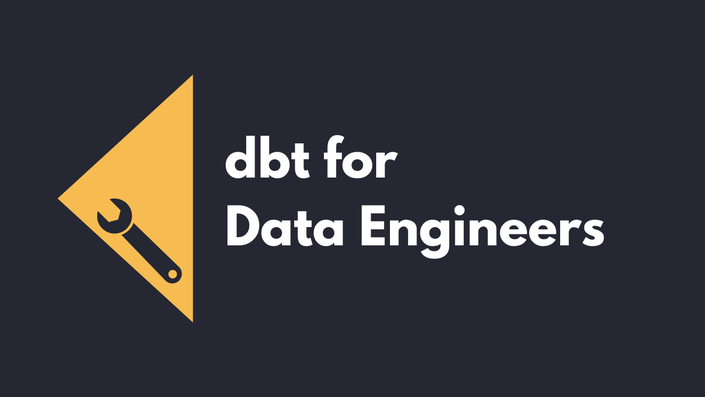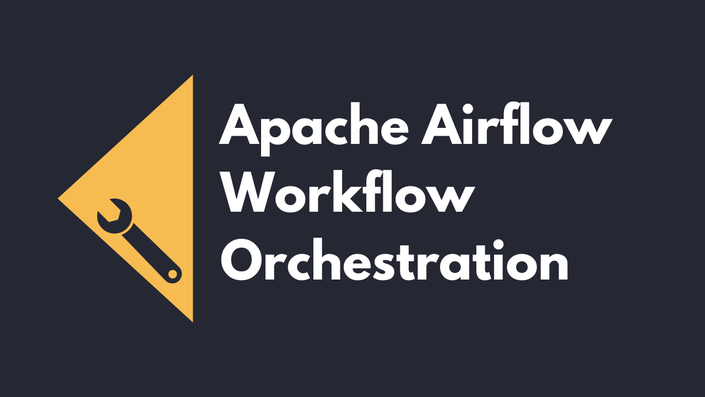As a data analyst, you already work with data every day. You write SQL queries, analyze trends, and create reports. But do you ever feel like you're limited to just what’s available in your BI tool or database? Do you wonder what happens to your data before it reaches you?
This 10-week roadmap, with a time commitment of 5–10 hours per week, is designed for analysts like you who want to break beyond the constraints of SQL and dashboards. With the right data engineering skills, you can process, transform, and manage data like a pro—ensuring that you work more efficiently and add even more value to your company.
Why This Roadmap is for You
✅ You’re a Data Analyst who wants to understand the full data lifecycle
✅ You want to move beyond just writing SQL and start building real data pipelines
✅ You’re looking for hands-on, practical experience to boost your resume
✅ You want to keep up with industry trends and stay competitive in the job market
By the end of this roadmap, you'll have the confidence and skills to not just analyze data but to engineer and optimize it like a pro!
What You’ll Achieve in This Roadmap
We’ve structured this roadmap to give you the key data engineering skills step by step. You’ll start by strengthening your Python and data modeling knowledge, then move on to building pipelines, working with cloud platforms, and automating workflows—exactly what modern data-driven companies need.
Goal #1: Master Python & Relational Data Modeling
Most analysts know SQL, but Python is the missing skill that can unlock automation, advanced transformations, and deeper insights. Understanding relational and dimensional data modeling will allow you to design optimized, scalable data structures, rather than just querying existing ones. These skills will make you a more versatile data professional.
Goal #2: Build Your First ETL Pipeline on AWS (or Azure/GCP)
Modern data platforms are built in the cloud, and AWS is the leading provider in this space. Learning how to extract, transform, and load (ETL) data in a cloud-based environment ensures you stay ahead of industry trends. You’ll gain hands-on experience with AWS services, giving you practical skills that are in high demand. We also have projects on Azure and GCP if you prefer that to AWS.
Goal #3: Gain Hands-On Experience with Snowflake & dbt
Many companies now use Snowflake as their primary data warehouse because of its scalability and performance. At the same time, dbt (data build tool) is becoming the standard for transforming raw data into clean, structured datasets. By mastering these tools, you’ll be able to prepare and optimize data more efficiently.
Goal #4: Connect AWS and Snowflake
Data doesn’t exist in isolation, it moves across platforms. Learning to integrate AWS with Snowflake allows you to seamlessly store, manage, and access data between cloud environments. This skill is essential for building modern, scalable data architectures and ensuring analysts have accurate, well-structured data to work with.
Goal #5: Automate Your Data Pipeline with Airflow
Instead of manually running queries and scripts, modern data teams automate and schedule their workflows. Apache Airflow is an industry-standard tool for orchestrating data pipelines—ensuring that data is processed and updated efficiently. Learning Airflow will help you manage complex data workflows and become a more self-sufficient analyst.

In 10 Weeks to Success - Step by Step
(time commitment: 5–10 hours per week)
- Introduction
- Week 1: Introduction to Data Engineering & Python
- Week 2: Platform & Pipeline Design
- Week 3: Relational Data Modeling
- Week 4: Dimensional Data Modeling
- Week 5: Docker Fundamentals & APIs
- Week 6 & 7: End to End Project on AWS, Azure or GCP
- Week 8: Working with Snowflake
- Week 9: Transforming Data With dbt
- Week 10: Pipeline Orchestration with Airflow
- What next?

